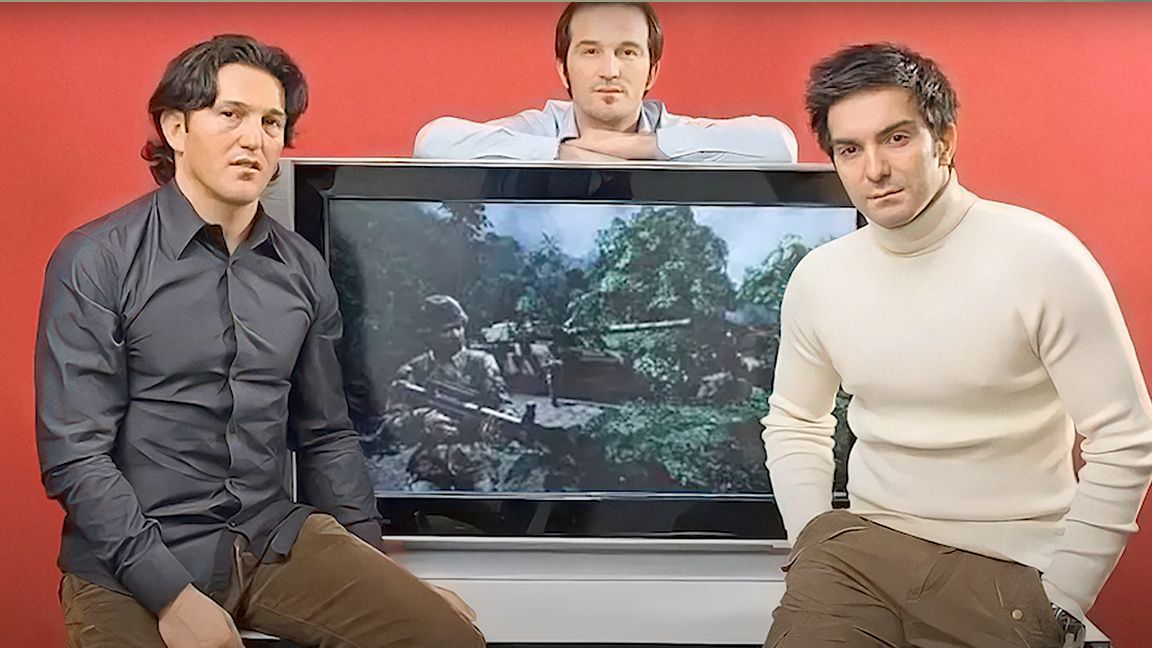In a world that often feels heavy and isolating, I find myself reflecting on Crytek’s 25-year journey. Their documentary is a bittersweet reminder of the dreams that ignite the hearts of aspiring game artists, yet it also echoes the silent struggles we face in pursuit of our passions. The lessons within are powerful, yet the shadows of loneliness creep in, whispering doubts of whether we can ever achieve such greatness. As I watch the stories unfold, I can't help but feel like a forgotten player in this vast game of life, yearning for connection and inspiration.
#Crytek #GameArt #Inspiration #Loneliness #Passion
#Crytek #GameArt #Inspiration #Loneliness #Passion
In a world that often feels heavy and isolating, I find myself reflecting on Crytek’s 25-year journey. Their documentary is a bittersweet reminder of the dreams that ignite the hearts of aspiring game artists, yet it also echoes the silent struggles we face in pursuit of our passions. The lessons within are powerful, yet the shadows of loneliness creep in, whispering doubts of whether we can ever achieve such greatness. As I watch the stories unfold, I can't help but feel like a forgotten player in this vast game of life, yearning for connection and inspiration.
#Crytek #GameArt #Inspiration #Loneliness #Passion
1 Commenti
·0 condivisioni




